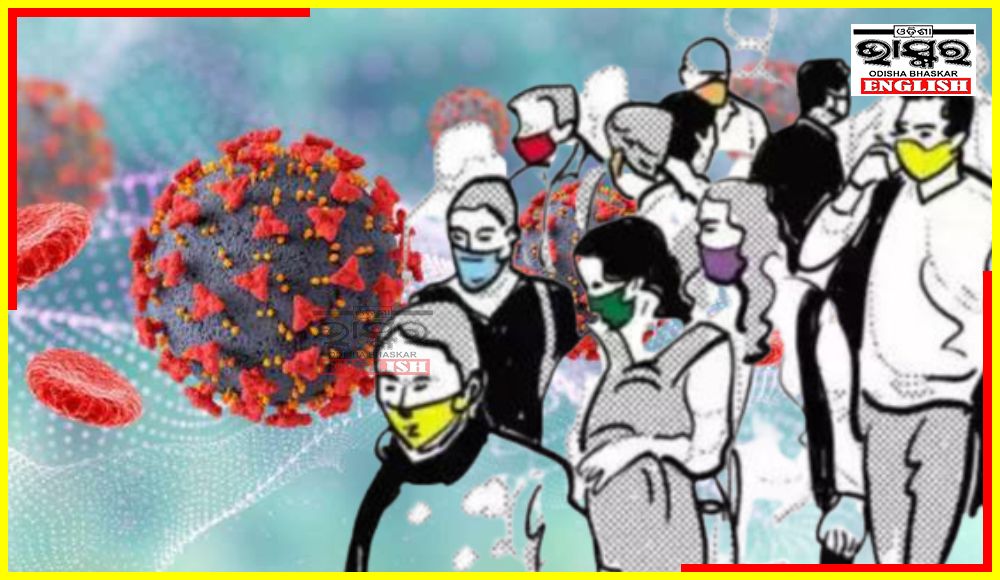H3N2, the sub-type of the Influenza A virus, has already claimed two lives in the country, one in Haryana and the other from Karnataka. H3N2 virus
This is also an influenza virus that infects humans, animals and birds. It causes respiratory infection. H3N2 is a subtype of Influenza A virus, a major cause of human influenza, according to World Health Organization (WHO).
Symptoms of H3N2 Infection
Chills
Coughing
Fever
Nausea
Vomiting
Throat ache/sore throat
An ache in muscles and body
In some cases, diarrhoea
Sneezing and runny nose
If a person experiences difficulty in breathing, pain or discomfort in chest, continuous fever and pain in throat while gulping down the food, doctors should be consulted.
Spread of H3N2 Virus
It is extremely contagious. H3N2 influenza can be transmitted by droplets released when coughing, sneezing, or talking by an infected individual. Pregnant women, young children, elderly adults, and persons with underlying medical issues are at a higher risk.
Treatment Options
Proper rest, ample fluid intake and using over-the-counter painkillers like acetaminophen or ibuprofen to lower fever are the H3N2 influenza treatment regimen. High risk patients with severe symptoms may be treated with antiviral drugs like oseltamivir and zanamivir.
Dos and Don’ts
Regularly wash your hands with water and soap
Wear face masks, avoid crowded areas
Avoid touching nose and mouth
Cover your nose and mouth properly while coughing and sneezing
Stay hydrated by drinking plenty of fluids
In case of fever and bodyache, take paracetamol
Avoid contact-based greetings such as shaking hands
Eating while seated next to other people
The IMA has urged doctors to not prescribe antibiotics to patients before confirming whether the infection is bacterial.




Comments are closed.